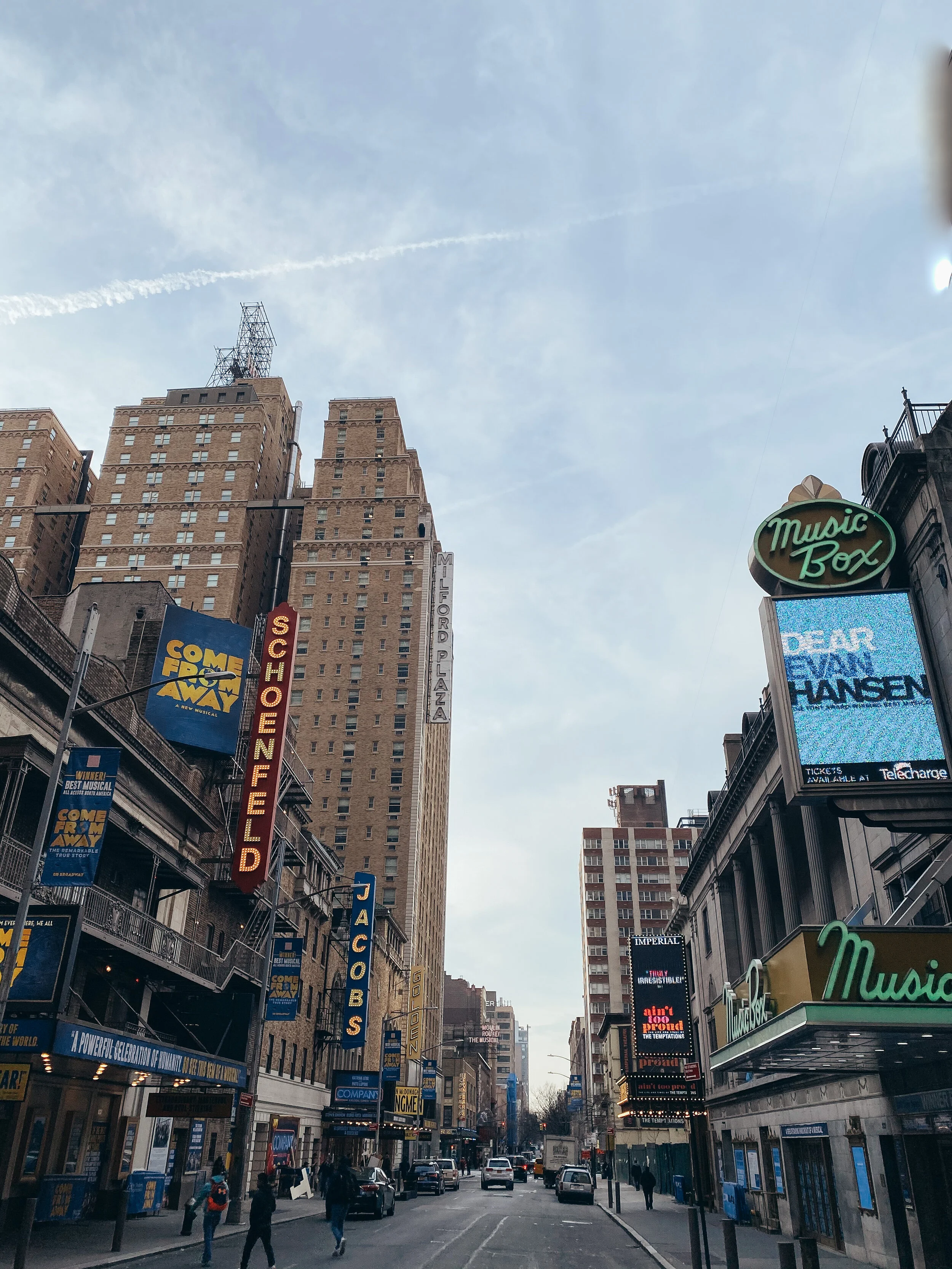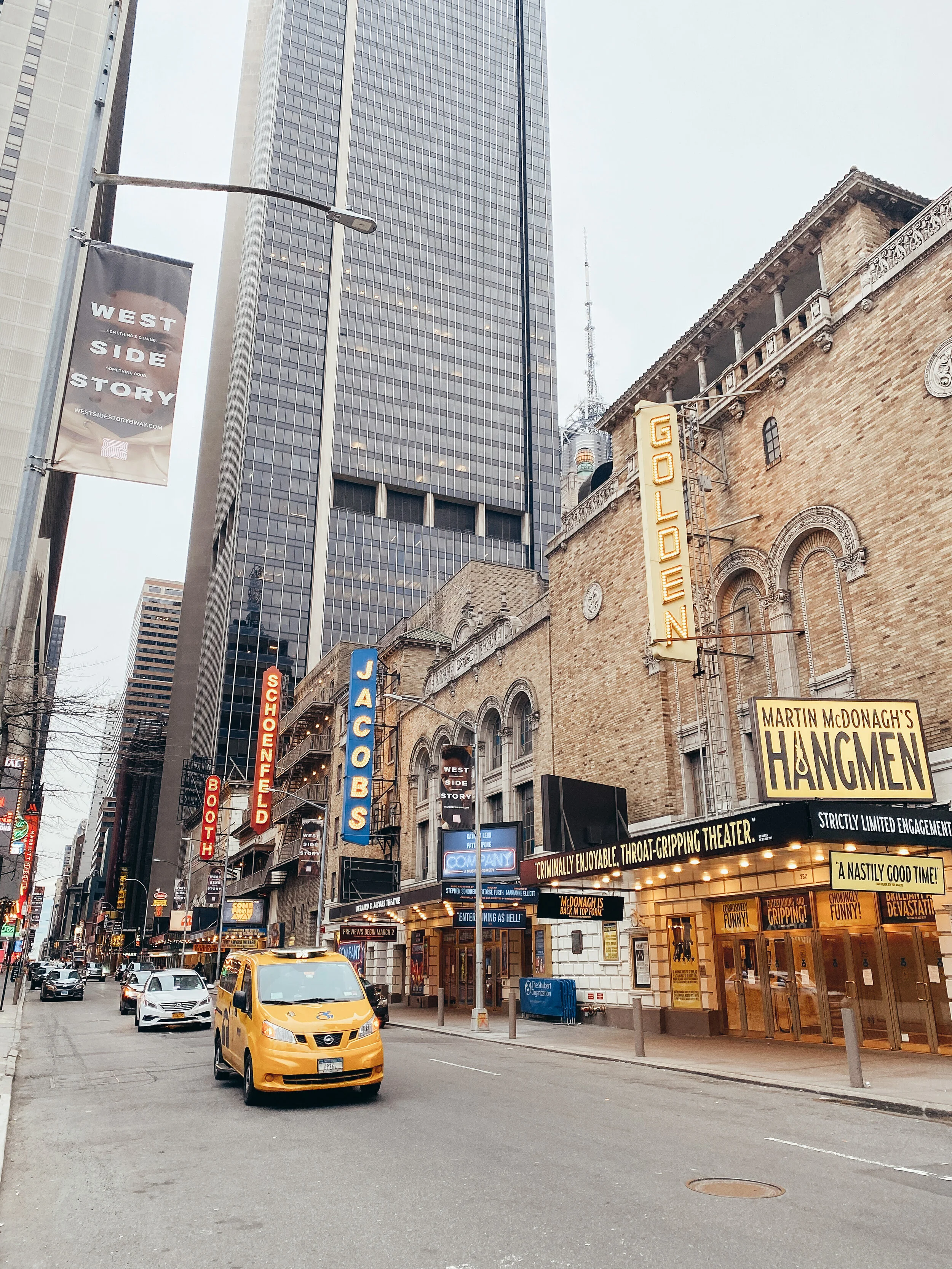Theater History: Broadway Shutdowns
Broadway theatres shut down on March 12th by order of New York Governor Andrew Cuomo and if you’re anything like us, you miss it every day. Right now, theatres have refunded tickets up until January 3, 2021, but the uncertainty of the COVID-19 crisis leaves thousands of performers, backstage workers, and audience members with no real answers.
This is the first time Broadway theatres have gone dark for a prolonged period since the stagehand strike of 2007. Unlike today, that shut down was due to contract negotiations and union disputes. The Broadway stagehands – backstage workers who install and operate the sets, lights and props – had been working without a contract since July 2007. Anyone who’s seen Newsies knows what happened next.
The domino effect of the Stagehand Strike and the COVID crisis is similar. Smaller shows closed and couldn’t reopen. Other businesses, like hotels, restaurants, and parking garages, lost an estimated $2 million a day. Everything in the theatre district is so dependent on each other that a three-week shutdown almost crippled the area. Eventually, contracts were re-negotiated, and the theaters opened on November 29th, 2007, 19 days after the strike began.
It’s not uncommon for theatres to close for contract disputes. In 1919, an Actors Equity Strike expanded from New York to cities like Chicago, Boston, and Philadelphia. Actors had just decided to unionized in 1913, forming the AEA we know today, and declared their first major strike as an organization when they couldn’t reach an agreement with the Producing Manager’ Association. Managers were forced to give an estimated $25,000 in ticket refunds in a single night and Broadway reopened after a month with new contracts that met nearly all of the AEA’s initial demands.
Bad weather and natural disasters have also forced Broadway to go dark a few times. In 2012, Hurricane Sandy devastated the area and theatres shut down for four days. Only a few bus and subway routes were open at the time, and a handful of shows, like The Performers and Scandalous closed after just a few weeks, unable to sustain themselves on the low ticket sales. On January 23rd, 2016, the Broadway League cancelled all shows because of a major snowstorm, which led to a NYC travel bad and the suspension of public transportation as well.
Broadway has also gone dark in times of national crisis. During World War 2, the theatres were subject to “dim-outs” to test whether the city could go dark in the event of an enemy air-raid. After September 11th, Broadway shut down for two days. Many shows reopened immediately but a handful were unable to return after the loss of funds. During that uncertain time, New York invested in and promoted Broadway as a symbol of the city’s strength and their support helped the community come roaring back.
New York is nothing if not resilient, and so is the Broadway community. Already we’ve seen organizations come together to stream performances, teach classes, or just chat with fans and friends stuck at home. We can’t wait for Broadway to be back, but in the meantime, we hope you’re staying safe and healthy at home.
Oh, and wash your hands!






